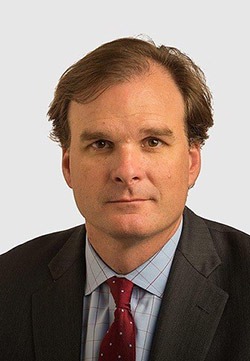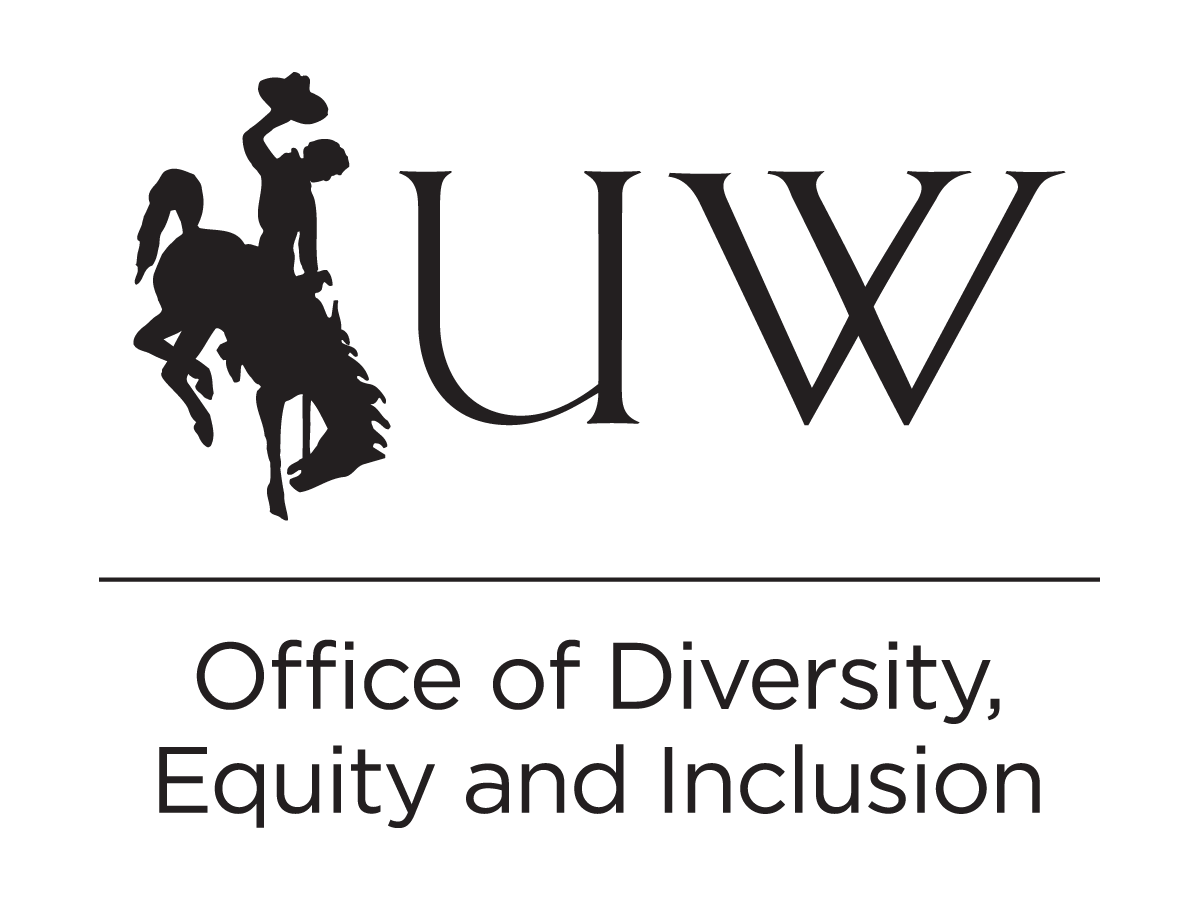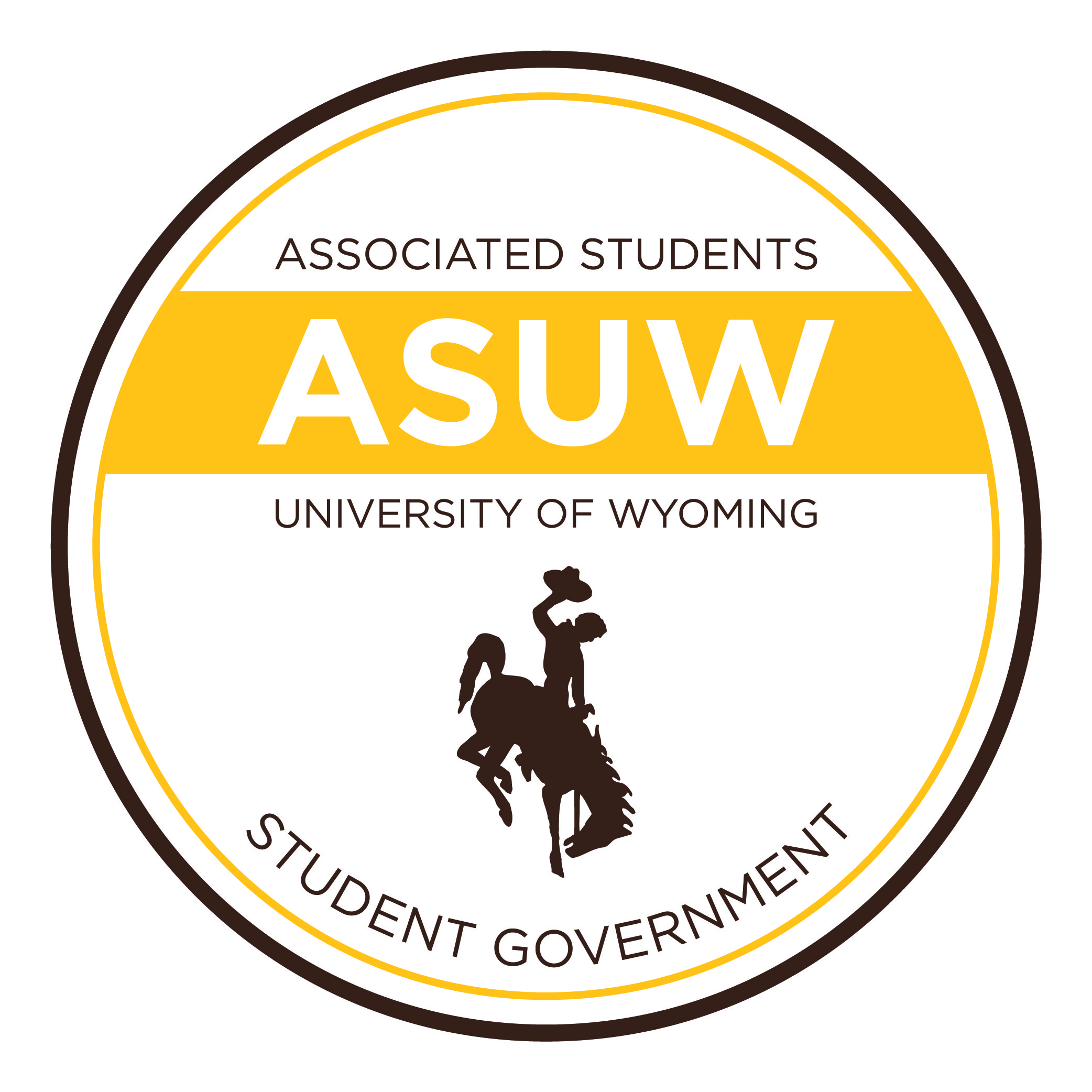Conservation policy needs more carrots and fewer sticks if we are going to create a long-lasting and effective model of protecting the natural environment, says[1] former Natural Resources and Environment undersecretary at the United States Department of Agriculture Robert Bonnie.
Bonnie, currently the Rubenstein Fellow at Duke University, spoke Thursday at the College of Business to a near-packed auditorium as part of UW Haub School of Environment and Natural Resources’ new speaker series.
He traced the history of different approaches to conserving land and wildlife, starting with Teddy Roosevelt’s progressive “moral crusade” protecting land from exploitation for the good of all people to modern initiatives emphasizing incentives and collaboration between public and private landowners.
“The problem,” Bonnie said, “is we’re stuck between two opposite paradigms.” One is the old-school method of confrontational regulation while the other is the more promising collaboration approach. With the old school, “It felt like conservation was being done to you instead of done with you.”
Bonnie stressed his message is not to toss regulations out the window. They serve as a valuable backstop, he said, when other initiatives fail. Roosevelt’s regulatory maneuvers declaring vast tracts of land protected public lands — such as Wyoming’s own iconic Yellowstone and Grand Teton national parks — are responsible for saving those vistas and ecosystems from rapacious 20th-century business interests.
“There are places where regulations are absolutely necessary,” Bonnie said. “Regulations are also a double-edged sword.”
One example of this is the red-headed woodpecker, which approached endangered species status in the 1980s. Rather than risk the birds taking up residence on their property and triggering regulations in the Endangered Species Act, landowners began cutting down the pine trees on their property that are part of the woodpecker’s key habitat.
The confrontational regulatory approach that was so effective a century ago is in desperate need of an update, Bonnie said, as evidenced by the red-headed woodpecker case. Ecosystems criss-cross federal, state, tribal and private lands, with most endangered species’ habitat on private land. To truly tackle environmental degradation and greenhouse gas emissions, he said, the government must collaborate with landowners and industry.
Key to this collaboration is making conservation financially worthwhile to stakeholders like landowners and businesses, Bonnie said. Decisions should be made through local coalitions.
One success story of local collaboration and incentives at work in Wyoming and other states is the near-endangered sage grouse. Launched in 2010, the Department of Agriculture’s Sage Grouse Initiative has partnered with agencies, universities, nonprofits, businesses and more than 1,500 ranchers to protect an area twice the size of Yellowstone through conservation easements.
Successful incentives require the government fronting the costs, Bonnie warned. Though regulations seem free to create, implementing has a cost. So does funding effective initiatives conservation easements. Taxpayers also need a paradigm shift to recognize that the natural world is worth paying to protect.
In the meantime, Bonnie believes governmental policy on conservation needs to shift from confrontational, regulatory and top-down to collaborative, incentivizing and local. With escalating climate change and political polarization, the stakes have never been higher.
“This is the best path forward,” Bonnie said. “Maybe it’s the only way forward.”
I checked up on this. If it’s something a person says frequently or you’re paraphrasing a general and repeated message you can use present tense. Also now I may have been overzealous in switching everyone else’s back to said



